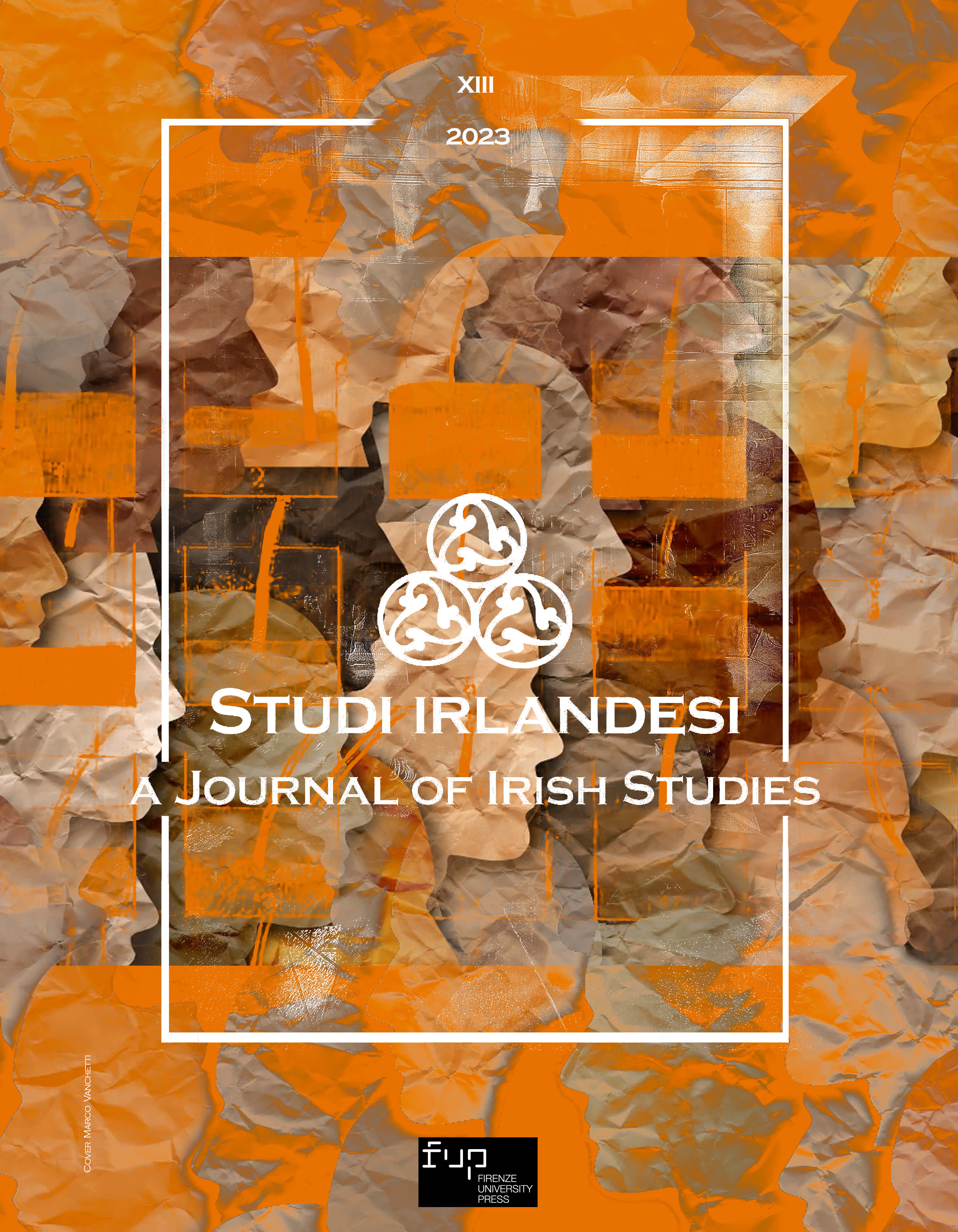Published 2023-07-31
Keywords
- Eavan Boland,
- Ireland,
- Irish Literature,
- Irish Women’s Poetry,
- Resistance
How to Cite
Copyright (c) 2023 Somaya Abdul Wahhab Al-Samahy

This work is licensed under a Creative Commons Attribution 4.0 International License.
Abstract
Since the dawn of civilisation human life has witnessed multifarious modes of resistance. As an arena for cultivating human experience, literature provides enriching representations of resisting acts. As a matter of fact, the emergence of postcolonial dialectics in the second half of the twentieth century has rendered resistance a prevalent literary theme. Owing to the turbulences that had always cast their shadow upon this magnificent country, Ireland has maintained a unique literary tradition replete with images of resistance. Certainly, poetry, that has been a cornerstone to this tradition, has its ample share of these images. The Irish Canon had contributed a number of master poets such as W.B. Yeats, Seamus Heaney, and George William Russell, all of whom have used their poetic output as a vehicle for resistance against British hegemony. Yet, this rich poetic tradition did not secure a position for women poets. Irish women poets were not officially welcomed into the poetic arena until the second half of the nineteenth century. Their emergence, however, was shaped by their perception by their male contemporaries. Such a strict patriarchal society as the Irish would not have acknowledged their existence easily. Irish women poets then had led a double resistance. This dilemma is amply depicted in Eavan Boland’s poetry. Born in 1944, Boland chronicles various aspects of post-independent Irish life. Her poetry tends to tackle women’s lives and domestic affairs during times of unrest and turmoil as well as her attempts to establish herself as a woman poet. The proposed paper tends to investigate the techniques and imagery employed by Boland as a means of resisting both political hegemony and patriarchal domination.

